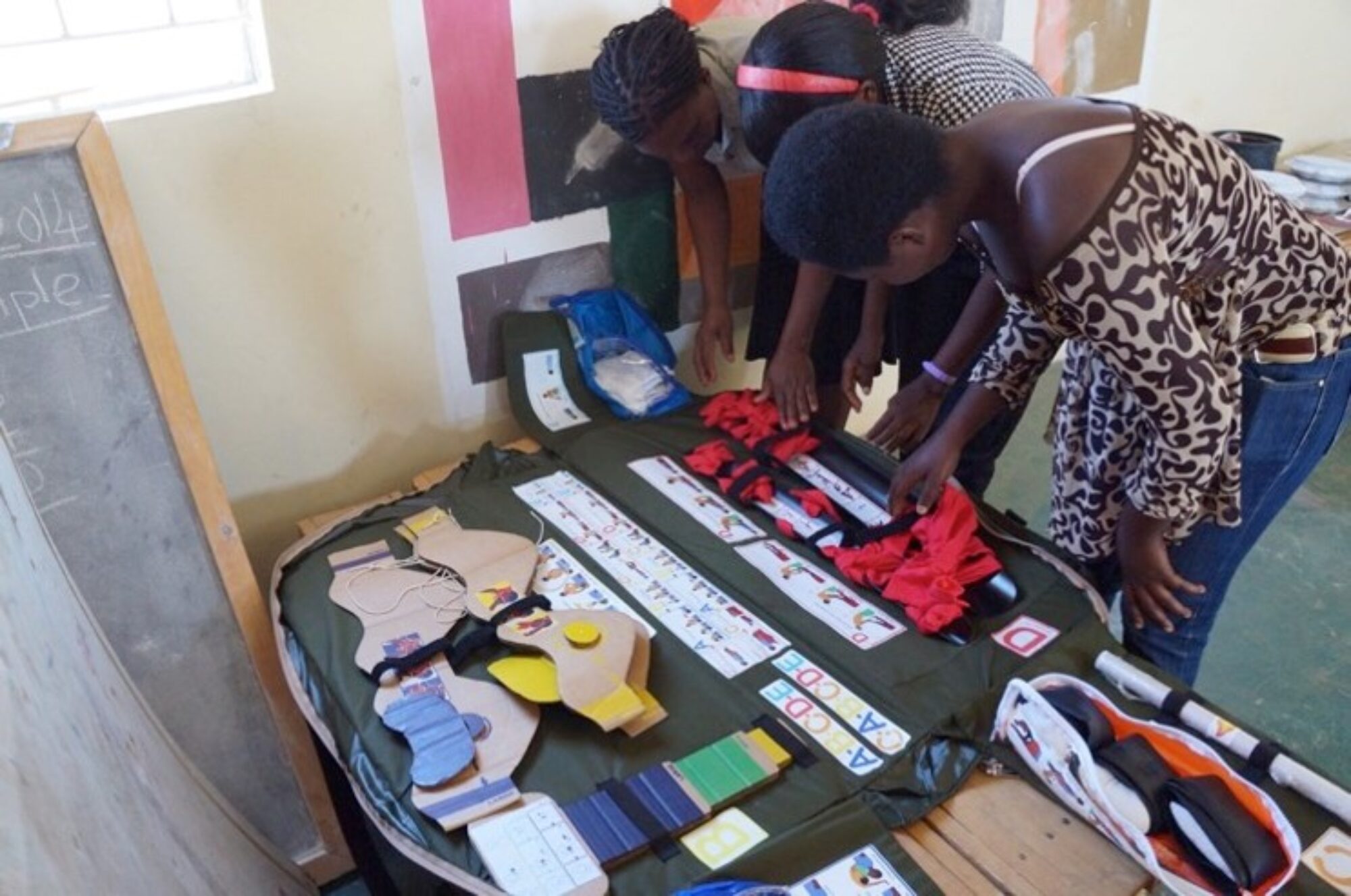Using handheld mobile devices has become the norm for many us; mobile phones, GPS devices, MP3 players and so on are a part of our daily lives. Advances in wireless communications and global positioning and their subsequent democratisation has made location aware devices virtually ubiquitous. However the high visual demands of the dominant touch screen interaction technology can lead to some inappropriate and even dangerous behaviours. How many times have you almost bumped into someone or something whilst walking and checking your Facebook account? How many times have you had to slammed on the brakes when you can see a road-crossing pedestrian hasn’t looked up from their device?
Claire Andrews is a Prince of Wales Innovation Scholar working with Peepo GPS Ltd. on the development of a tactile navigation aid for the blind. Her work for Peepo involves developing new insights into how blind and partially sighted people navigate and interact with mobile devices. While doing this she noticed a resonance of needs between visually impaired and fully sighted mobile device users. This shaped the research question that she is now exploring, namely ‘How can technology designed with and for visually impaired users enhance mobile device design for everyone?’
The research uses a case study approach, utilising the knowledge and design input of visually impaired people to create a handheld navigation aids and testing these against current products designed with fully sighted users in mind. The primary output of this comparative testing is that it is helping us understand what aspects of the system may allow the user to rely less on vision, decreasing the cognitive load associated with mobile interaction. A number of other interesting insights have also emerged and these will be disseminated in due course.
